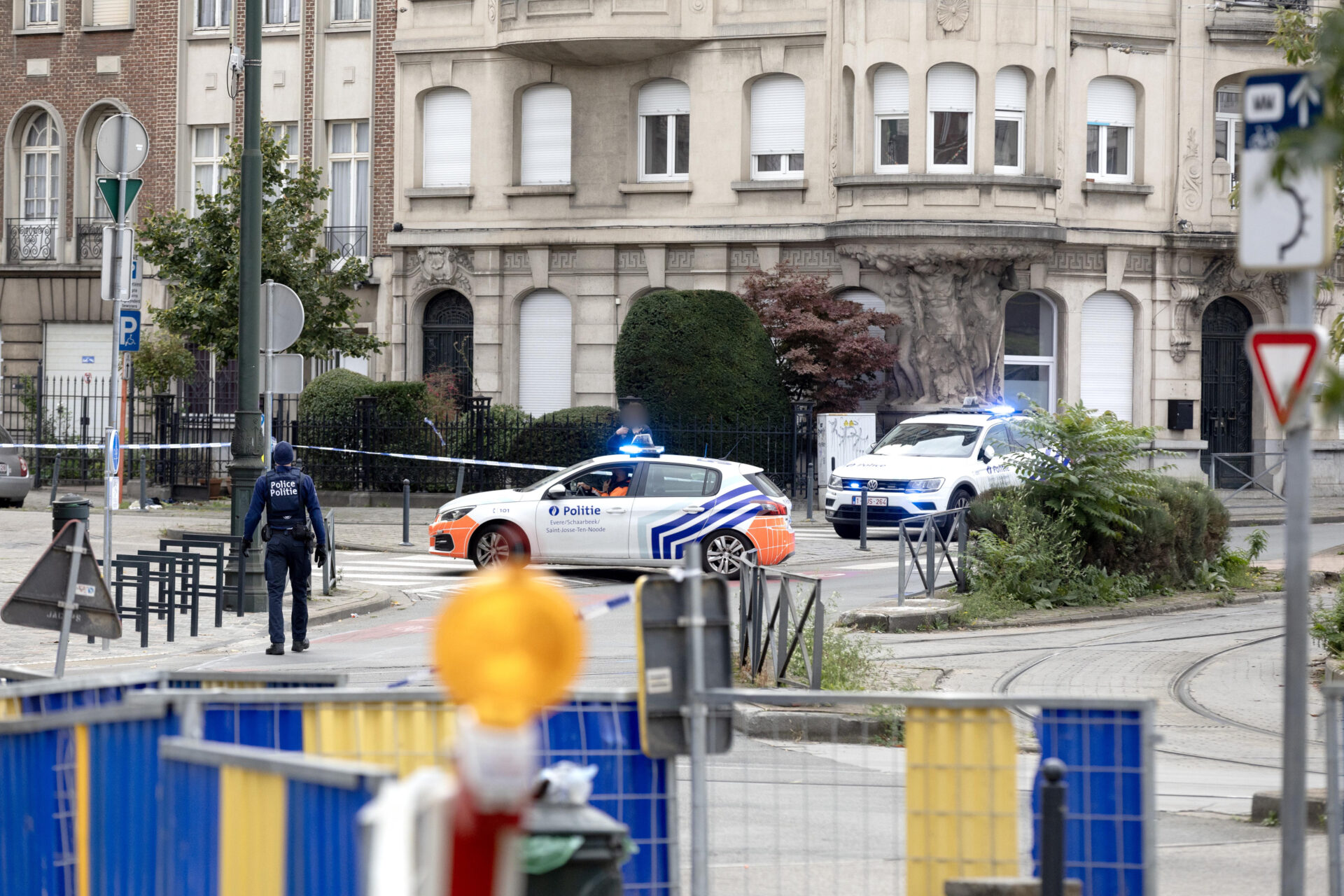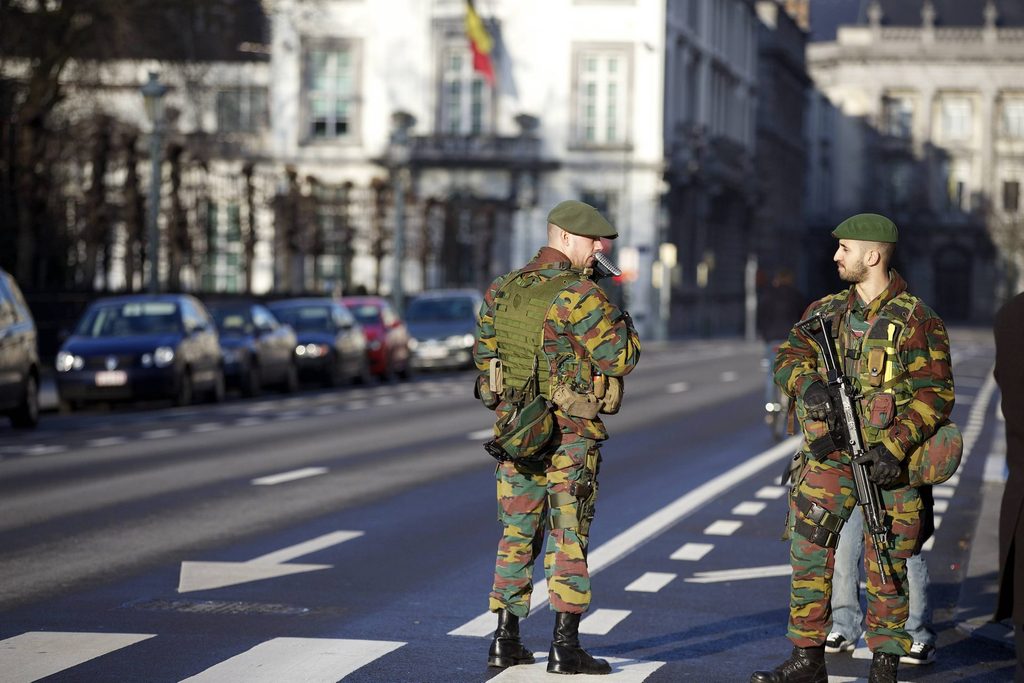The threat level in Belgium remains high, with Brussels in particular a potential target – as October's terror attack proved. Belgium's Threat Assessment Body (OCAD) has observed a significant rise in threats in 2023. The second-highest threat level remains in place.
OCAD received 41% more terror threats in 2023, either directly or through partners, it announced in its annual report on Friday. It recorded 332 reports on terrorism or extremism last year compared to 236 threats received in 2022.
It attributes the rise to the "major emotional trigger events" seen in 2023. "These are events that evoke strong emotions and can lead extremists to take action." It pointed to the escalating Israeli bombing of Gaza following the Hamas attacks on 7 October 2023.
It also highlighted the 16 October attack in Brussels, in which two Swedish football fans were shot dead on Boulevard d'Ypres near Place Sainctelette, a 20-minute walk from Grand Place. This had a sizeable impact on the number of threats OCAD received.
Legitimate danger and false threats
More than half (55%) of all 332 reports that were received by OCAD were classified as a low threat – the false school bombing alerts that were reported last year will likely fall in this category. Just over a third of the threats were rated as medium.
7% of threats were considered very serious, the October terror attack was rated as "very serious and imminent". OCAD analyses threat reports before determining a level of 1 to 4. Any necessary protective actions are then taken.
"Since this attack, the general threat level in Belgium has been raised to 3 (severe) on a scale of 4," the report read. "In the Brussels region, level 4, the highest level, was in place for a while. Our country had not been in threat level 3 since January 2018."

Police pictured near the Place Eugene Verboekhoven in Schaerbeek, where the suspected perpetrator of the terror attack was shot. Credit: Belga/ James Arthur Gekiere
OCAD received the most threat reports in October, followed by November – a clear result of the terror attack. Spring 2023 saw a large number of files involving multiple individuals that led to arrests while July and August saw the lowest number of threat reports.
Most incidents occurred in Brussels (126 reports), followed by Antwerp (86), Liège (44), Ghent (34) and Mons (20). The remaining threats were not assigned clear geographical locations. The distribution of threat was largely the same as in 2022.
'Lone actors'
Most threats involved lone actors. "Most of these individuals have no structural links to terrorist or extremist groups," OCAD explained. Just over 10% of threat reports involved plots by a group of people.
More than 40% of the reports were in the context of Islamic extremism. In another 40% of cases, the ideological dimension could not be determined. "Personal grievances or a psychological problem often seem to be the main driver here."
A small amount (6%) of threats originated from abroad, notably where certain regimes targeted alleged political opponents in Belgium. Anti-establishment sentiment also accounted for a small number of threats. 5% of reports were related to right-wing extremism. Threat from left-wing extremism was very limited.
Related News
- New type of spying and jihadist terrorism on the rise, State Security warns
- Flixbus suspects released with no terror threat confirmed
OCAD explained that the targets typically depend on the motivation or ideology of the actor(s). In most cases, the targets are specific individuals, followed by security services, political authorities, public buildings, the general public and certain communities.
Threats are most commonly made by telephone and email communications, as well as anonymous letters. Last year, most of them were sent out on social media and through messaging apps.

